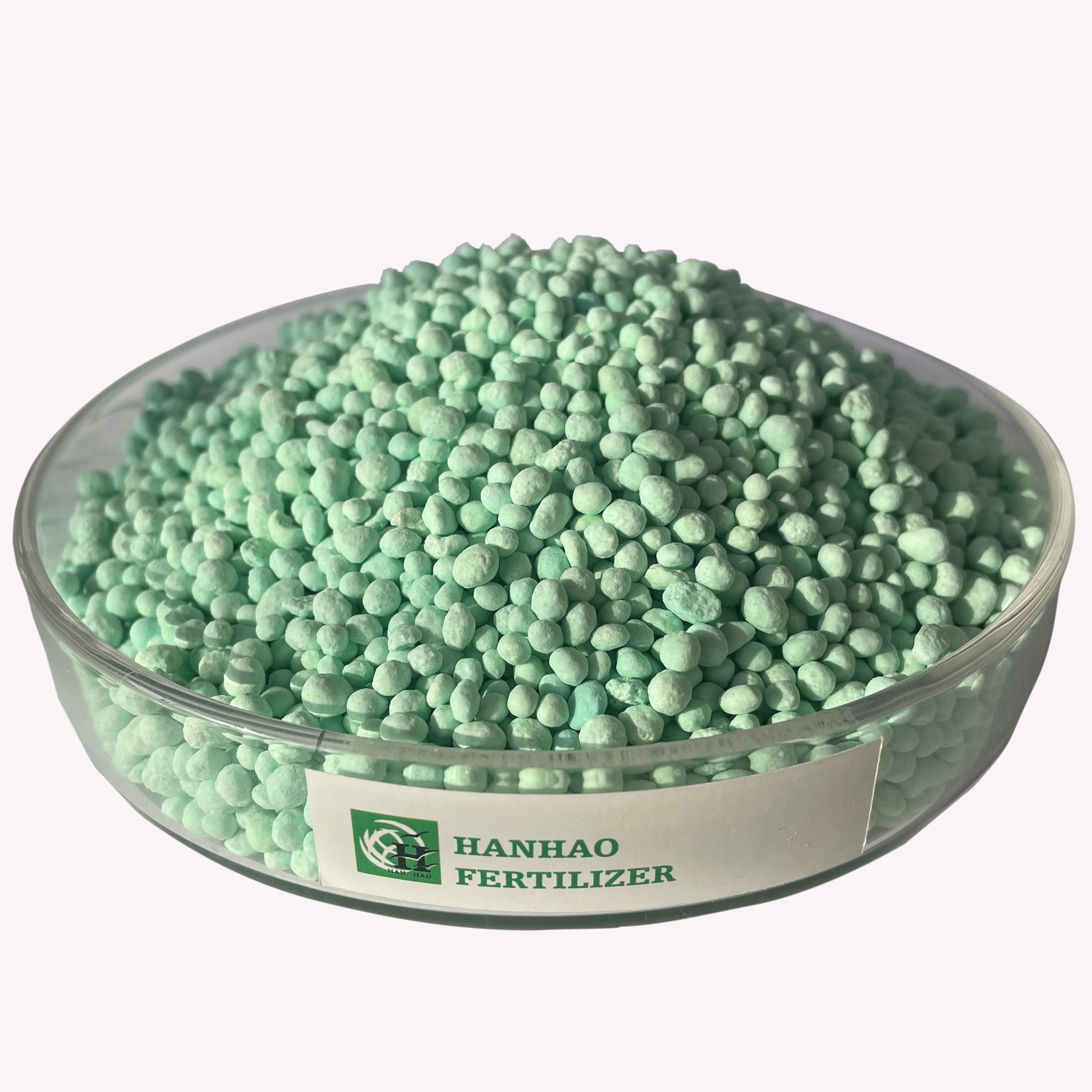
Dec . 23, 2024 11:16 Back to list
buy npk fertilizer 10.26.26
Understanding NPK Fertilizer A Focus on 10-26-26
When it comes to farming and gardening, one crucial factor that can significantly impact plant growth and yields is the use of fertilizers. Among the various fertilizers available in the market, NPK fertilizers stand out due to their balanced ratio of essential nutrients nitrogen (N), phosphorus (P), and potassium (K). One specific formulation that has gained attention is the NPK fertilizer with a ratio of 10-26-26. In this article, we will explore its components, benefits, optimal usage, and when to consider buying this fertilizer.
What is NPK Fertilizer?
NPK fertilizers are a combination of the three vital nutrients nitrogen, phosphorus, and potassium. Each of these nutrients plays a distinct role in plant health
1. Nitrogen (N) Essential for the development of leaves and stems, nitrogen promotes vegetative growth. It is a key component of chlorophyll, which is necessary for photosynthesis.
2. Phosphorus (P) Crucial for root development, flowering, and fruiting, phosphorus supports energy transfer and the formation of DNA. It enhances the plant's ability to bloom and produce fruits.
3. Potassium (K) This nutrient helps in building strong plants by improving their resistance to diseases, enhancing water uptake, and assisting in photosynthesis and protein synthesis.
The Significance of 10-26-26 Ratio
The numbers in NPK fertilizers, such as 10-26-26, indicate the ratio of each nutrient contained in the product
- 10% Nitrogen This moderate level supports healthy growth and development but is not too high, making it suitable for plants that don’t require excessive nitrogen.
- 26% Phosphorus The higher phosphorus content is particularly beneficial during flowering and fruiting stages, promoting root development and the overall robustness of the plant.
- 26% Potassium A significant proportion of potassium aids in enhancing plant resilience, improving the overall health and quality of the fruits and flowers.
buy npk fertilizer 10.26.26

This specific combination makes the 10-26-26 NPK fertilizer ideal for crops that demand more phosphorus and potassium, particularly during their growth phases when flowering and fruit setting occur.
Benefits of Using 10-26-26 NPK Fertilizer
1. Enhanced Root Development The high phosphorus content plays a vital role in root growth. This means better nutrient and water uptake, leading to healthier plants.
2. Improved Yields The increase in flower and fruit production can lead to higher overall yields, making this fertilizer particularly attractive to commercial growers.
3. Disease Resistance Potassium boosts the plant's overall health, enhancing its immunity against diseases and environmental stressors.
4. Flexibility Suitable for a variety of crops, including vegetables, fruits, and ornamental plants, 10-26-26 is a versatile choice for many gardeners and farmers.
When to Buy 10-26-26 NPK Fertilizer
It is essential to consider the growth stages of your plants before purchasing this fertilizer. Typically, it is recommended during
- Transplanting To give newly planted seedlings a strong start. - Blooming Phase To support flowering and fruiting crops effectively. - General Maintenance For routine fertilization of perennials and established plants that could benefit from a boost in phosphorus and potassium.
Conclusion
Investing in NPK fertilizer with a 10-26-26 ratio can be a game-changer for your gardening or farming endeavors. Understanding your plants' nutritional needs and the benefits of this specific fertilizer can significantly enhance growth and yields. As you consider your options for fertilizers, don't overlook the potential advantages of 10-26-26 NPK fertilizer, particularly if your plants are in critical growth phases. By providing the right nutrients at the right time, you can ensure a healthy and bountiful harvest.
-
10 10 10 Fertilizer Organic—Balanced NPK for All Plants
NewsJul.30,2025
-
Premium 10 10 10 Fertilizer Organic for Balanced Plant Growth
NewsJul.29,2025
-
Premium 10 10 10 Fertilizer Organic for Balanced Plant Growth
NewsJul.29,2025
-
Premium 10 10 10 Fertilizer Organic for Balanced Plant Growth
NewsJul.29,2025
-
50 Pound Bags of 13-13-13 Fertilizer for All Plants – Bulk & Organic Options
NewsJul.28,2025
-
High-Efficiency 15-30-15 Granular Fertilizer for Healthy Crops
NewsJul.28,2025
